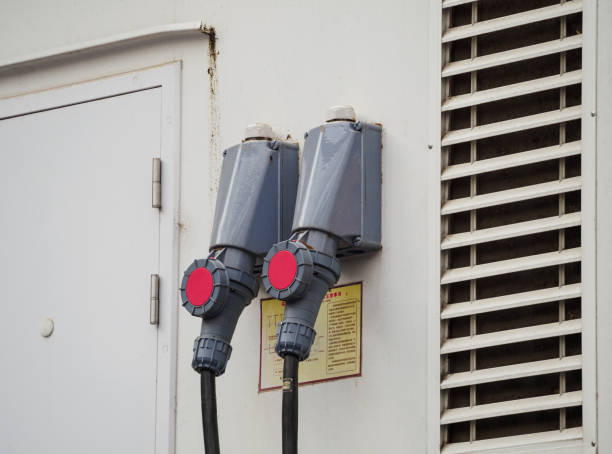Dual battery cables play a crucial role in the operation of vehicles, boats, and various electrical systems where reliable power distribution is essential. Whether you’re an avid off-roader, a marine enthusiast, or simply looking to enhance the electrical capacity of your vehicle, understanding dual battery cables is paramount.
Introduction to Dual Battery Cable
Dual battery cables are specialized wires designed to connect two batteries in parallel or series, allowing for increased power storage and distribution. These cables are constructed using high-quality materials and come in various configurations to suit different applications.
Understanding the Importance of Dual Battery Systems
In many scenarios, a single battery may not provide sufficient power for extended periods, especially in demanding environments or when powering multiple accessories simultaneously. Dual battery systems offer a practical solution by doubling the available power capacity, ensuring consistent performance even under heavy loads.
Types of Dual Battery Cables
Primary Dual Battery Cables
Primary dual battery cables are the main conduits that connect the primary battery to the secondary one. They are designed to handle high currents and are usually thicker in gauge to minimize voltage drop.
Auxiliary Dual Battery Cables
Auxiliary and dual battery cables are additional connections used to integrate accessories or secondary systems into the dual battery setup. They come in various lengths and configurations to accommodate different installation requirements.
Factors to Consider When Choosing Dual Battery Cables
Selecting the right dual battery cables is essential for optimal performance and safety. Consider the following factors:
Material Quality
Opt for cables made from high-grade copper or tinned copper for maximum conductivity and corrosion resistance.
Gauge Size
Choose the appropriate gauge size based on the current requirements of your system to minimize voltage drop and overheating.
Length
Ensure the cables are long enough to reach between battery terminals without excessive tension or strain.
Installation Process of Dual Battery Cables
Installing dual battery cables requires careful planning and execution to ensure proper functionality and safety.
Preparation
Gather all necessary tools and materials, including cable cutters, crimping tools, and protective gear. Plan the cable routing and ensure proper clearance to avoid potential hazards.
Connection Process
Clean the battery terminals and apply corrosion inhibitor before connecting the cables. Use appropriate terminal connectors and crimping techniques to secure the connections and minimize resistance.
Maintenance Tips for Dual Battery Cables
Regularly inspect the cables for signs of damage, corrosion, or loose connections. Clean the terminals and apply dielectric grease to prevent corrosion buildup. Monitor battery voltage levels and recharge as needed to prolong battery life.
Advantages of Using Dual Battery Cables
- Increased power capacity
- Enhanced reliability and performance
- Flexible power distribution options
- Improved safety and efficiency
Common Issues with Dual Battery Cables
Corrosion
Corrosion can weaken the connections and hinder electrical conductivity, leading to voltage drop and system malfunctions.
Overheating
Excessive current flow or poor connections can cause the cables to overheat, potentially leading to insulation damage or electrical fires.
Safety Precautions When Dealing with Dual Battery Cables
Always disconnect the battery terminals before handling the cables to prevent accidental short circuits or electrical shocks. Use insulated tools and wear protective gloves when working with live circuits. Avoid overloading the batteries beyond their rated capacity to prevent damage or failure.
Dual Battery Cable Accessories
Various accessories, such as battery isolators, voltage-sensitive relays, and battery monitors, are available to enhance the functionality and safety of dual battery systems. These accessories help manage power distribution, prevent overcharging, and monitor battery health.
Applications of Dual Battery Systems
Dual battery systems are commonly used in:
- Off-road vehicles
- Marine vessels
- RVs and campers
- Emergency response vehicles
- Industrial equipment
Future Trends in Dual Battery Technology
Advancements in battery technology and power management systems are driving innovation in dual battery setups. Future trends include:
- Integration of lithium-ion batteries
- Smart charging algorithms
- Wireless monitoring and control systems
Importance of Professional Installation
While DIY installation is possible, professional installation ensures compliance with safety standards and optimal performance. Certified technicians have the expertise and tools to handle complex installations and troubleshoot potential issues effectively.
Conclusion
Dual battery cables are essential components of modern electrical systems, offering increased power capacity, reliability, and flexibility. By understanding the different types of cables, installation processes, and maintenance requirements, users can harness the full potential of dual battery systems while ensuring safety and efficiency.
